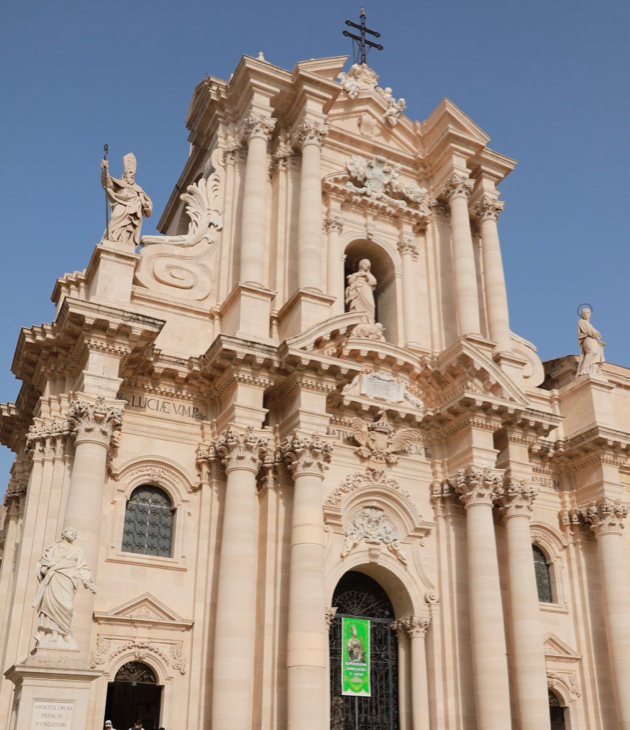
by Jill Chessman
In these times, when Catholic churches are torn down to make way for apartments and skyscrapers – or converted to serve purely secular purposes – our church leadership should draw inspiration from the early Church, which, in an effort to convert pagans, at times converted temples into churches. One of the most vivid examples of this is the Cathedral of Syracuse in Sicily, which was constructed within the walls of an ancient Greek temple of Athena.
Facing the western cathedral entrance, one sees a Sicilian baroque facade (above). But the northern wall reveals the Greek columns, architrave and triglyphs (below) – the original structure of the building. The temple of Athena was built by the tyrant Gelon to celebrate the victory over the Carthaginians at the Battle of Himera (480 BC). Thousands of prisoners of war had been enslaved, and the best craftsmen of them were selected to build the temple. The temple faced east, overlooking the harbor. A golden shield in the tympanum, reflecting the sun’s rays, served as a landmark for sailors. The temple was famous throughout the Mediterranean for its lavish decorations and treasures.
In the Byzantine period, it was converted into a church. Walls were filled into the spaces between the columns. Arches were cut into the cella, the inner room that had housed a larger than life-size statue of Athena. The building was reoriented, with the main entrance to the west, for ad orientem celebration of Mass.
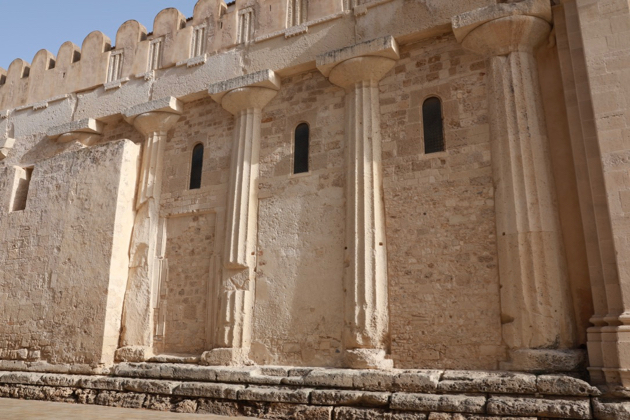
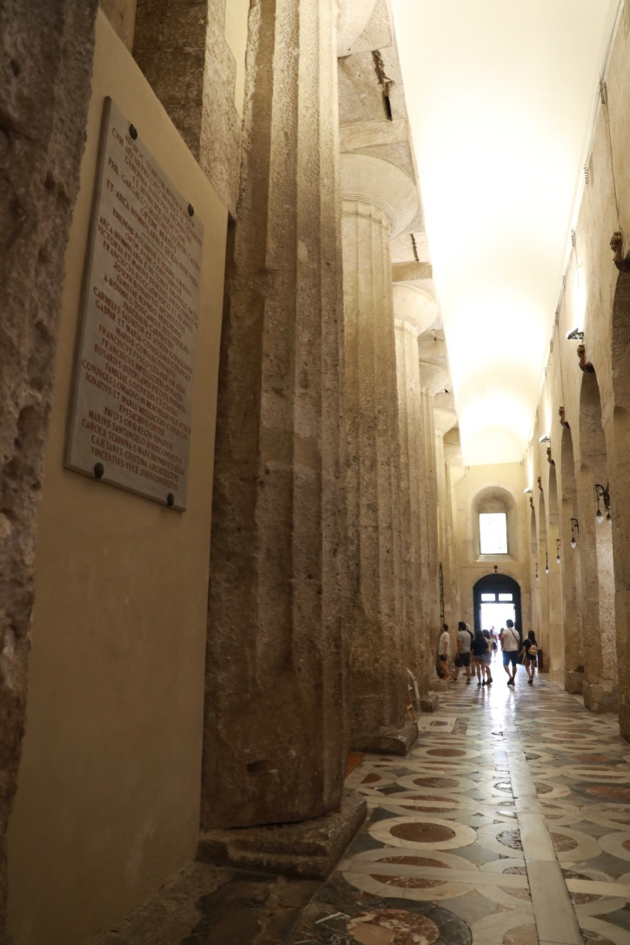
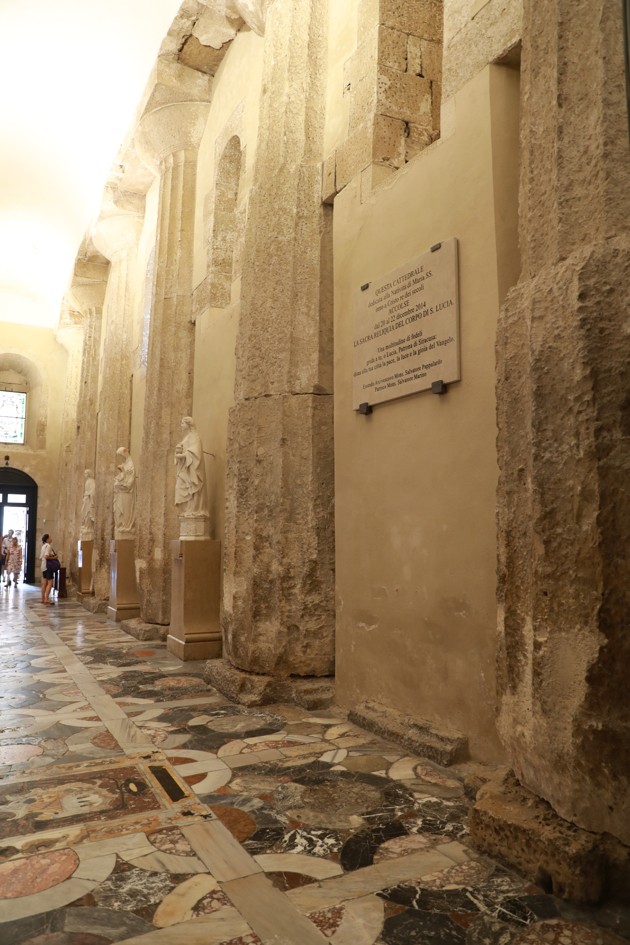

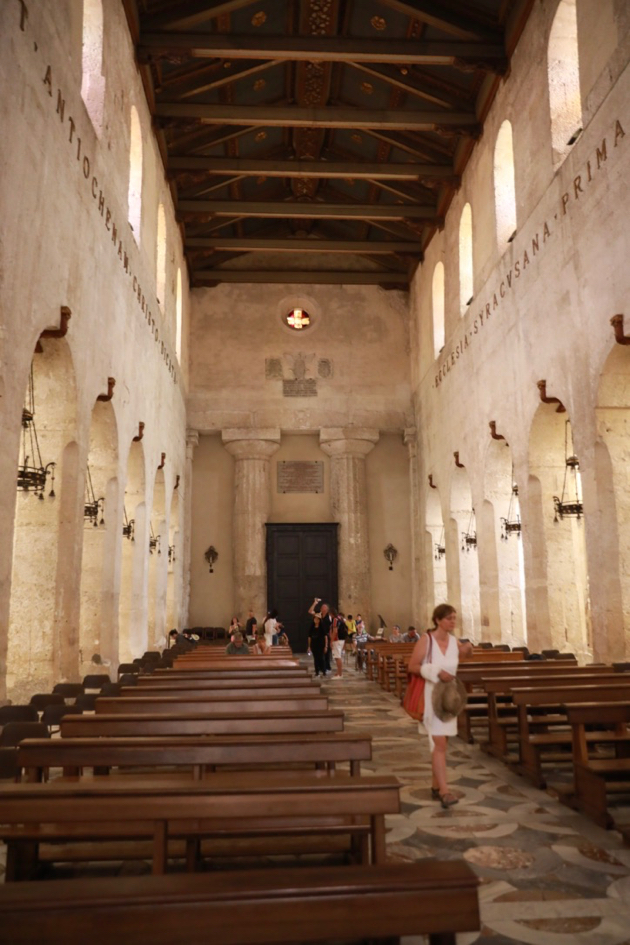
(Above) Looking west, toward the back, with two Greek columns, is the original rear of the temple. Around the nave, where the roof of the temple would have been, is a Latin inscription describing this as the oldest Christian community in Europe. “The church of Syracuse is the first daughter of divine Peter, and the first to be dedicated to Christ after Antioch.” During the Norman period (11th-12th centuries AD) the height of the nave was raised and clerestory windows added. The cathedral at one time had baroque decoration, which was largely removed in the early 20th century.
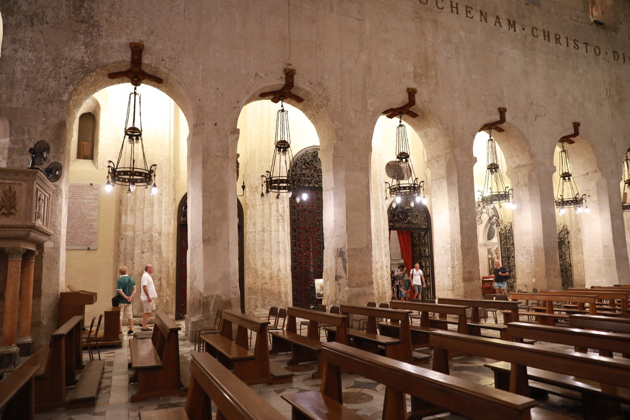
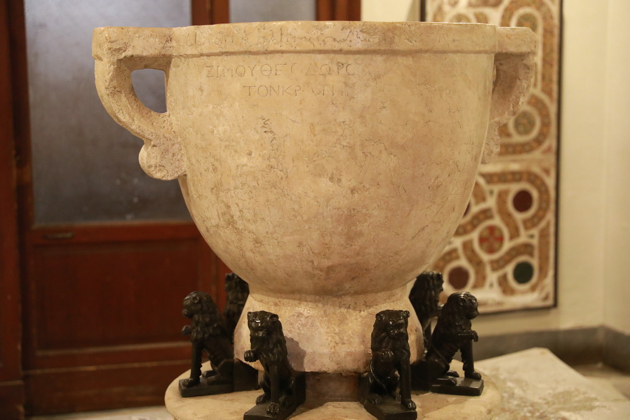
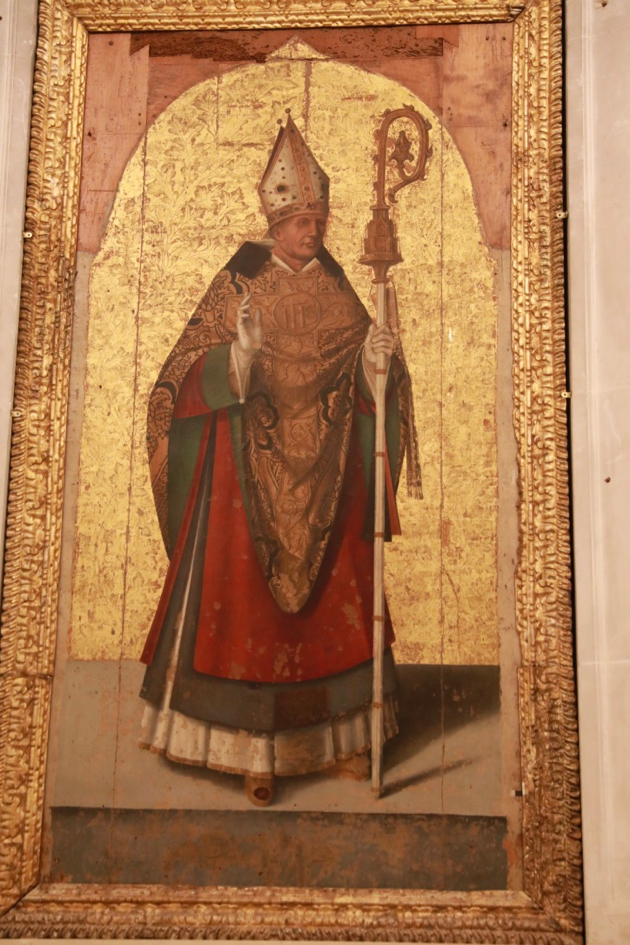
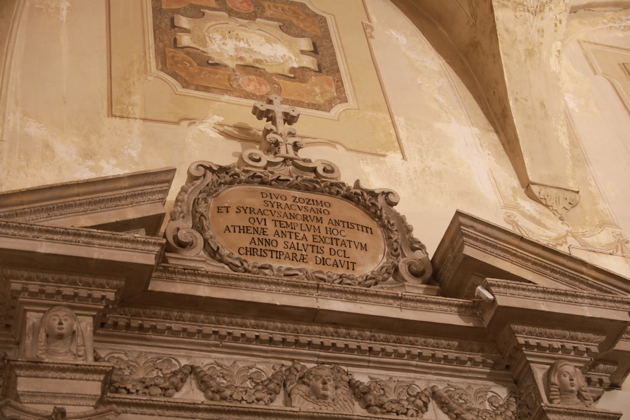

The massive earthquake of 1693, which damaged so many buildings in southern Sicily, destroyed the Norman facade. A new facade (above) in lavish Sicilian baroque style was constructed between 1728-1754.
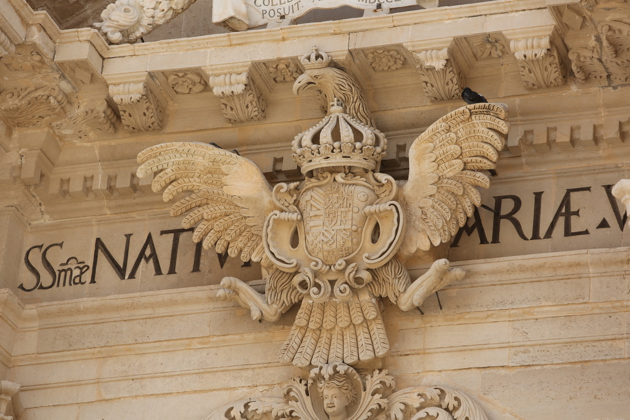
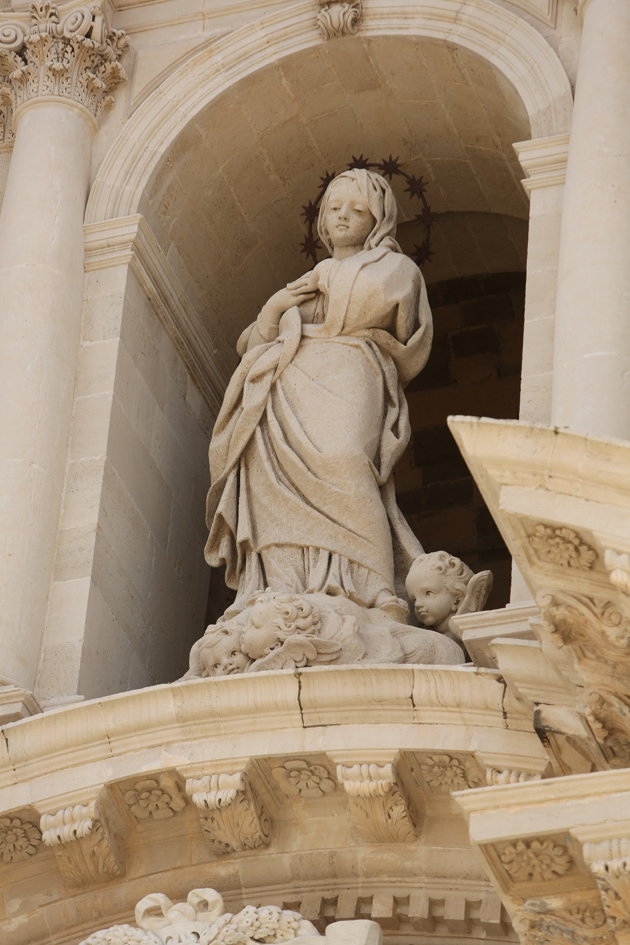
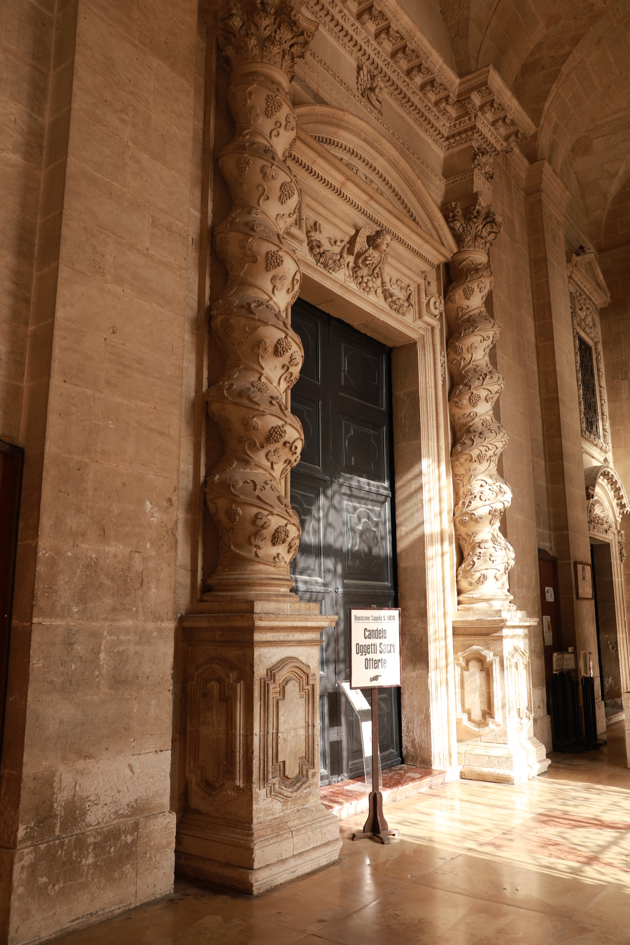
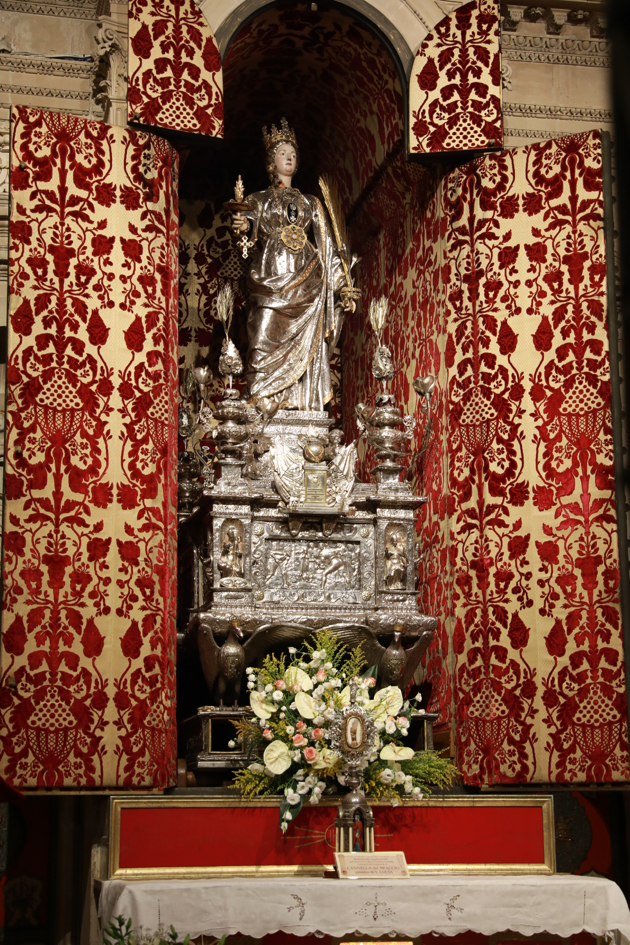
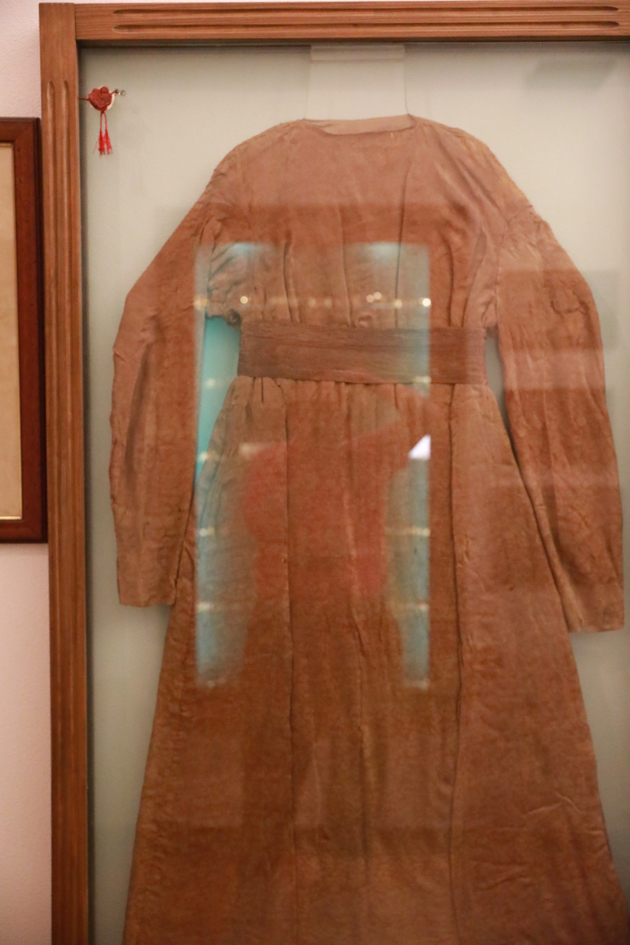
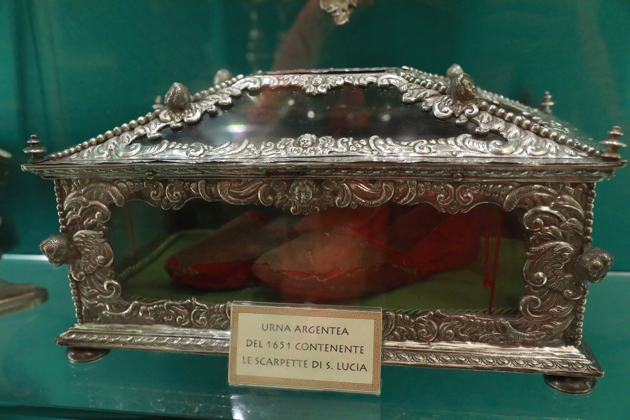
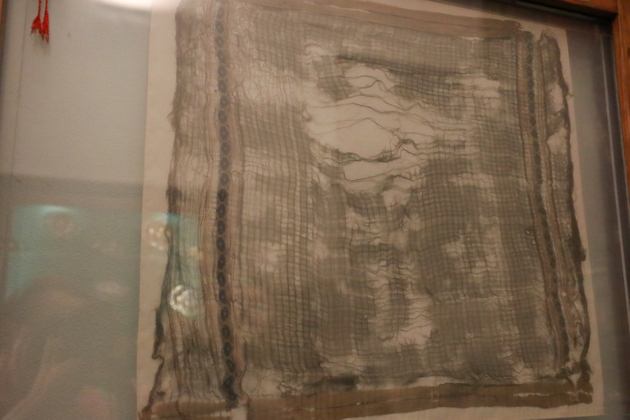
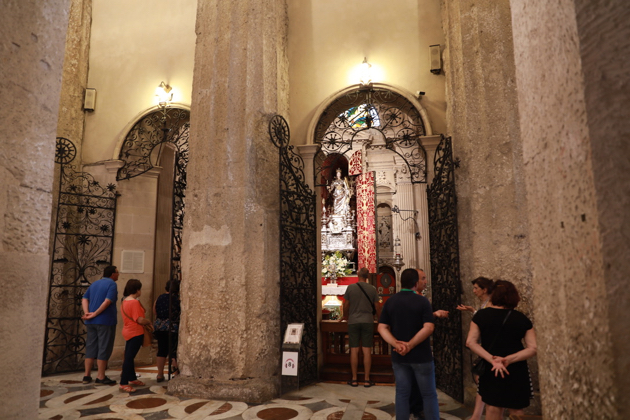
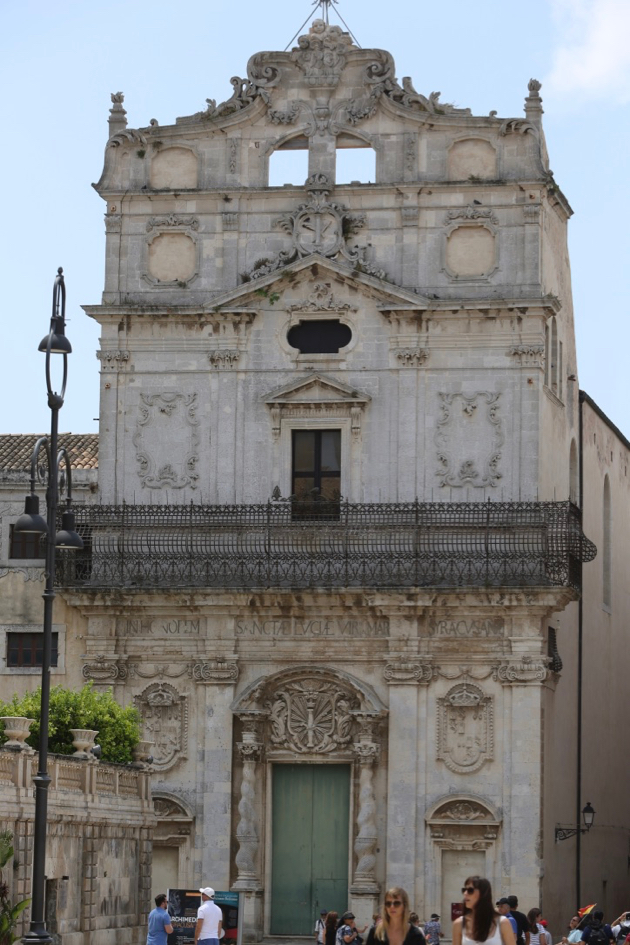
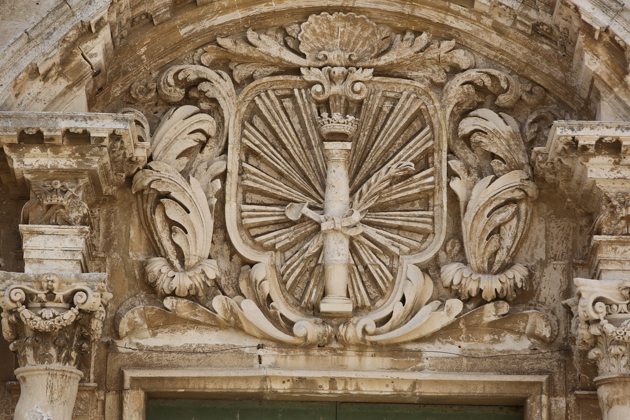
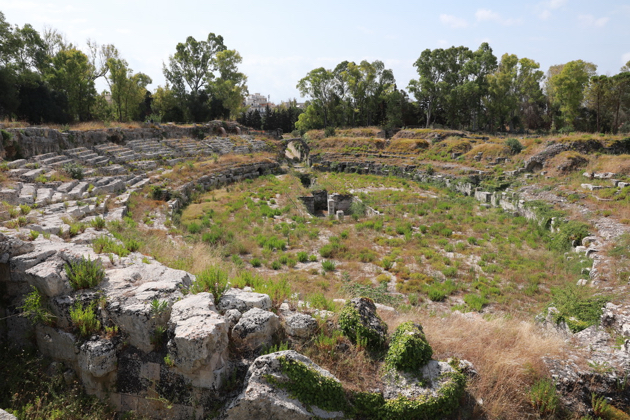
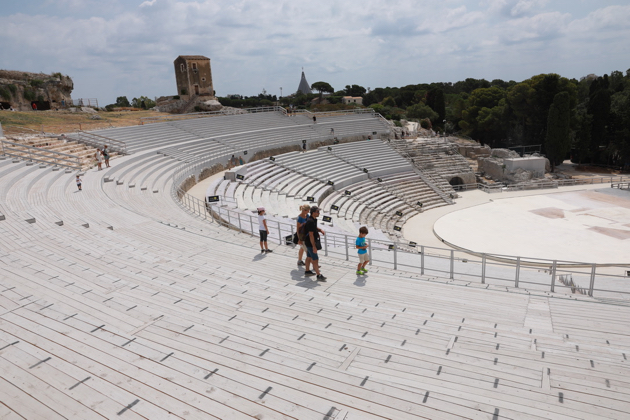
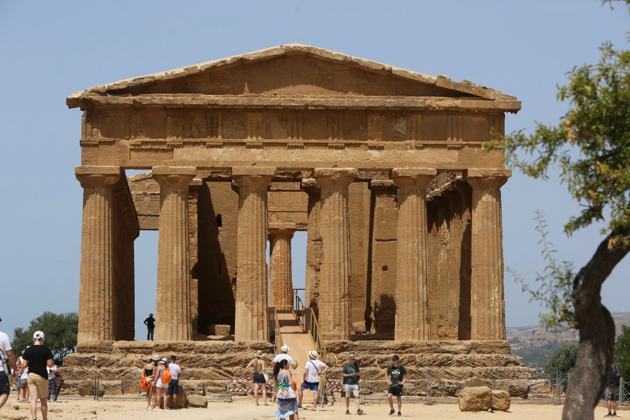
Another example in Sicily of a Greek temple that had been converted to a church is the so-called Temple of Concord in Agrigento. Built around 430 BC, the temple was converted into a church in the 6th century, dedicated to Sts. Peter and Paul. Like the cathedral of Syracuse, walls were filled in between the columns, and arches were cut into the cella (see below). But in the 18th century, this building was deconsecrated and returned to its original form as a Greek temple. The fact that this building had been a church explains its excellent preservation. It is one of the best preserved of all Greek temples.
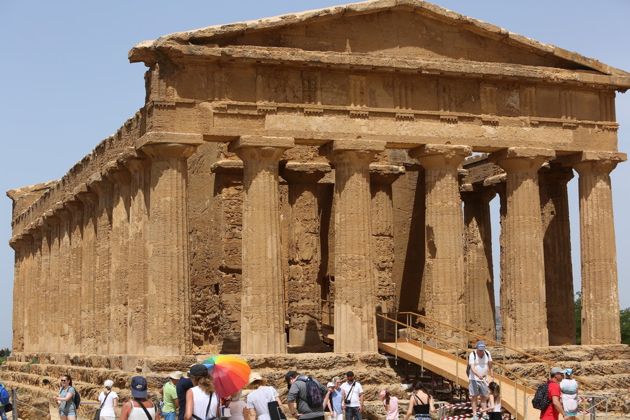
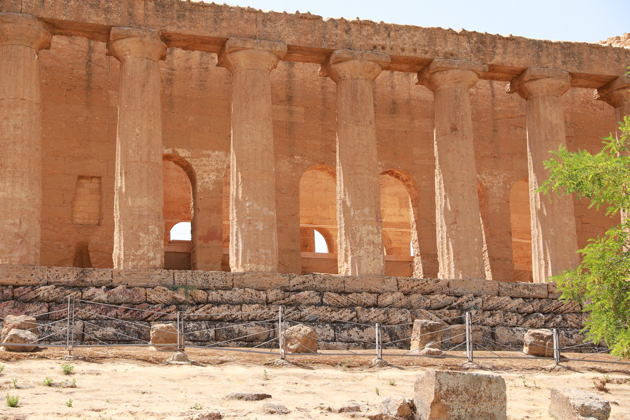
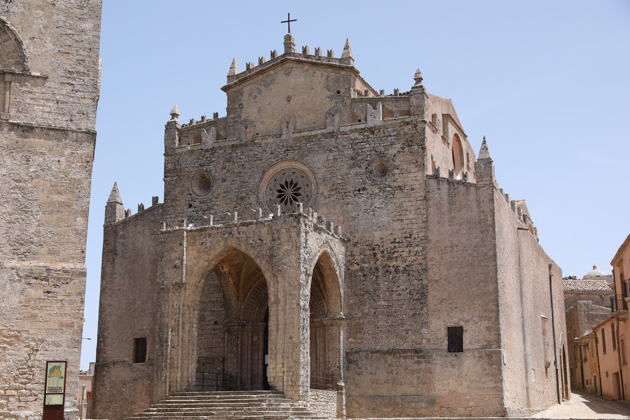
In many other places in Sicily, pagan temples were torn down and replaced with churches. In the town of Erice (the classical Eryx) is a Norman church dedicated to the Assumption of Our Lady. On the site of this church had been an elaborate Roman temple to Venus, an important cult that can be traced back to the Phoenician worship of Astarte here.
Related Articles
1 user responded in this post